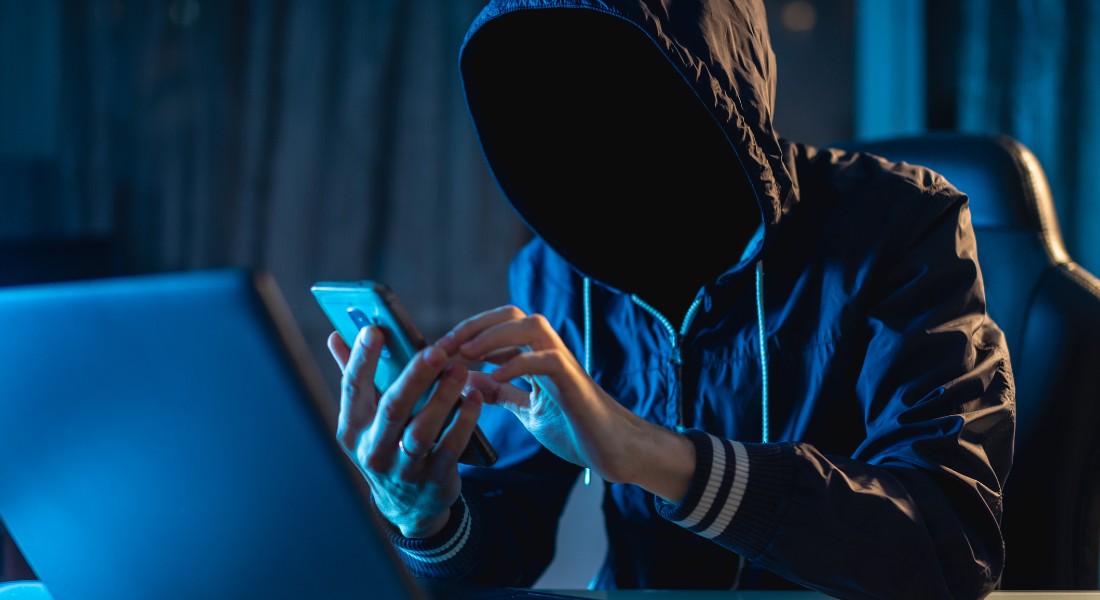From VHS tapes to YouTube: Terrorist recruitment since 9/11
Developments in technology have been profound since the terrorist attacks on the World Trade Center on September 11th, 2001. The growth of social media has facilitated the recruitment of members to extremist groups, while also making it easier to monitor them and increase the odds of preventing acts of terrorism. Read along as UCPH researcher Boris Düdder shares insight on the importance of technology with regards to post-9/11 terrorism.

Social media has made deep inroads and influenced the way terrorist organisations recruit members and disseminate their ideologies.
Hundreds of Danish Facebook profiles support and sympathize with IS, while Twitter and YouTube shut down thousands of terror-related profiles every year.
"Technology plays a massive role in terrorism today. Terrorist organisations spread their messages and attendant fears on a large scale via mass media and social media. In 2001, al-Qaeda recruited terrorists using VHS tapes that were physically distributed among people. Today, they are able to convey their messages by uploading videos to the internet with a few clicks – with a massive reach," says Boris Düdder, an Associate Professor of Computer Technology at the University of Copenhagen’s Department of Computer Science.
Düdder goes on to explain how terrorist-produced videos disseminate ideological propaganda and serve as effective recruitment tools.
"A video conveys emotions far better than the written word, for example. In addition, terrorist organizations understand how to exploit algorithms on YouTube and other media platforms. This means that once a person clicks on an extremist video or searches for something on Google, more of the same content becomes recommended. It becomes a very dangerous echo chamber," explains Düdder.
Furthermore, it is extremely difficult for the authorities to intercept and regulate these videos because they are typically designed in such a way that their messages are hidden or that the identity of uploaders cannot be deciphered. Once people begin sharing a video in closed chats and the like, it is nearly impossible to slow the pace, according to the tech expert.
New technology can prevent attacks
While algorithms and social media have made it easier to stir fear among populations and enlist members to terrorist networks, technology has also made it possible to thwart acts of terrorism.
Indeed, fourteen planned terrorist attacks in Europe were foiled in 2019 according to the European Parliament, double the number of terrorist acts conducted during the same year.
"Several potential terrorist attacks have been dismantled through surveillance technology, via tapped phones and hacked emails that helped reveal suspicious behavior. Technology has also proven remarkably useful when it comes to monitoring cash flows, where large sums between suspects may indicate terrorist coordination," he says.
There is no straightforward answer as to whether technological development has been an advantage or not in terms of the risks posed by terrorism.
"That’s why it is important for us to continue researching the role of technology within the context of terror," concludes Boris Düdder.
The price of increased monitoring
While surveillance technologies have made it possible to prevent some terrorist attacks, they come at a cost, according to UCPH researcher Boris Düdder:
"One risks false suspicion. For example, some people may be placed on do-not-fly lists even if their only ‘crime’ is to share the same name as a terrorist. Furthermore, remarks on various social media are also open to misinterpretation. This can limit how much one dares to express online and in public spaces, which becomes problemlatic for freedom of expression and democracy," according to Düdder.
Contact
Boris Düdder, Associate Professor
Department of Computer Science
University of Copenhagen
boris.d@di.ku.dk, +45 93 56 57 48
Ida Eriksen
Journalist
Faculty of Science
University of Copenhagen
ier@science.ku.dk
+45 93516002
